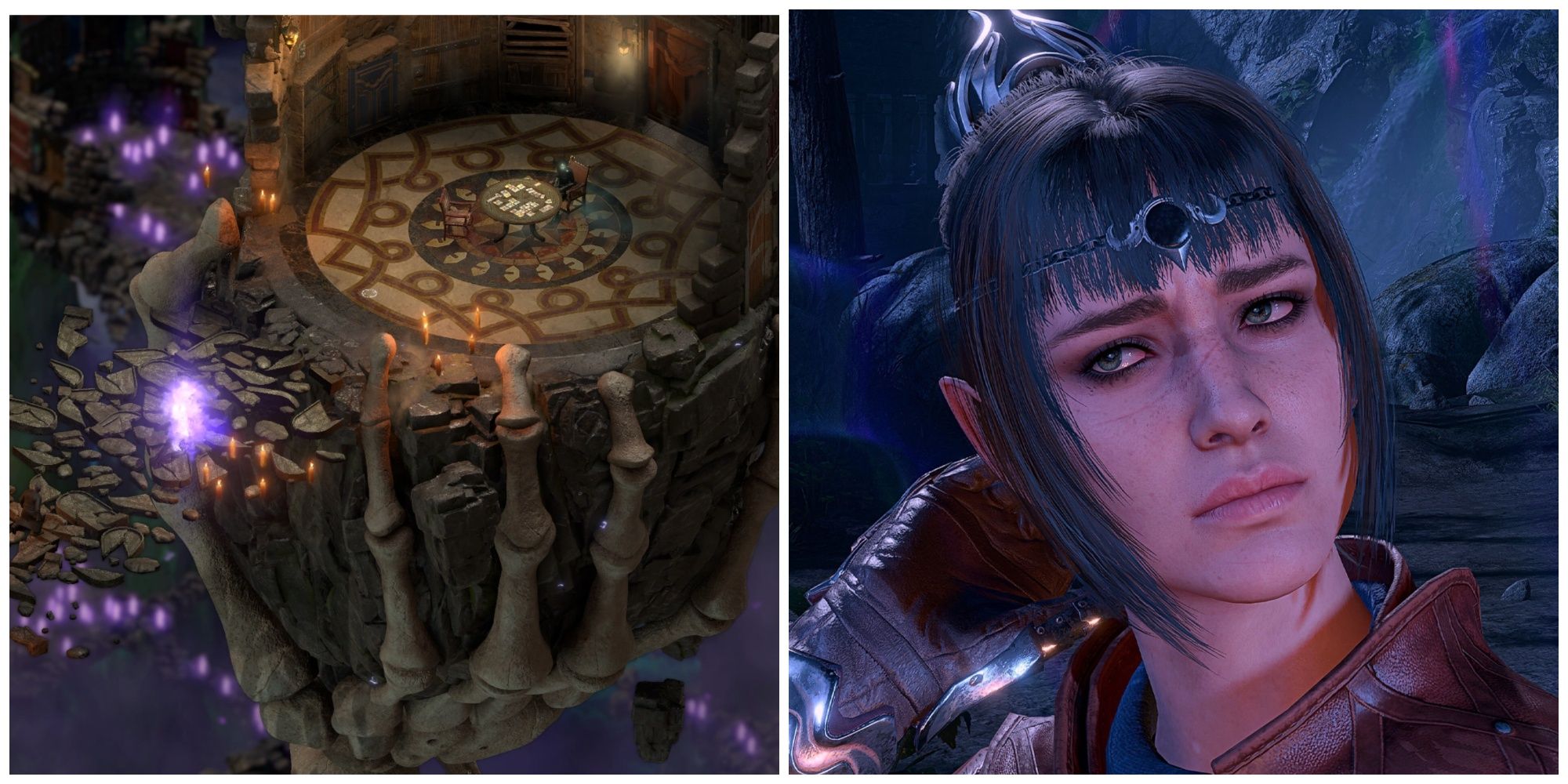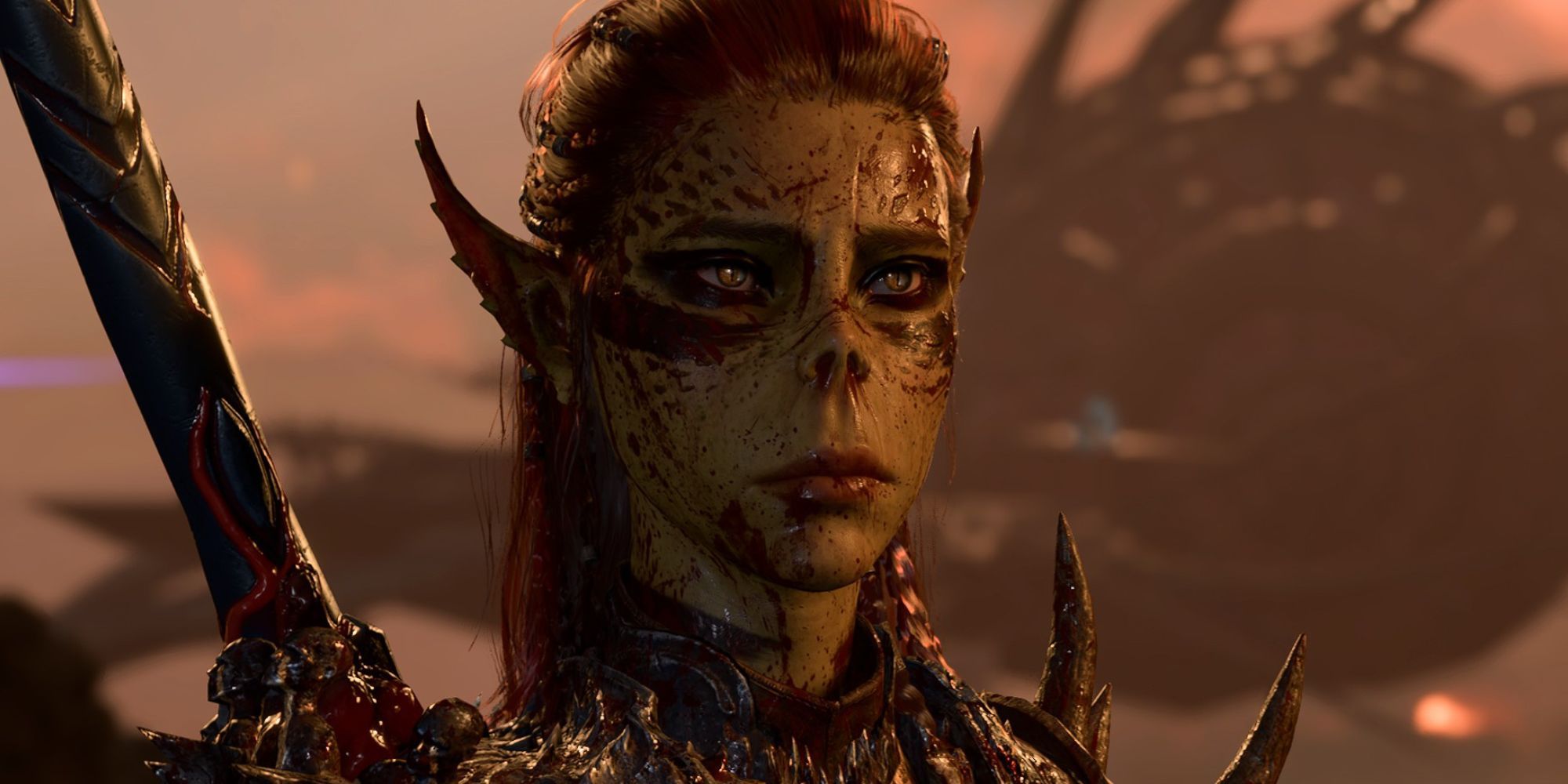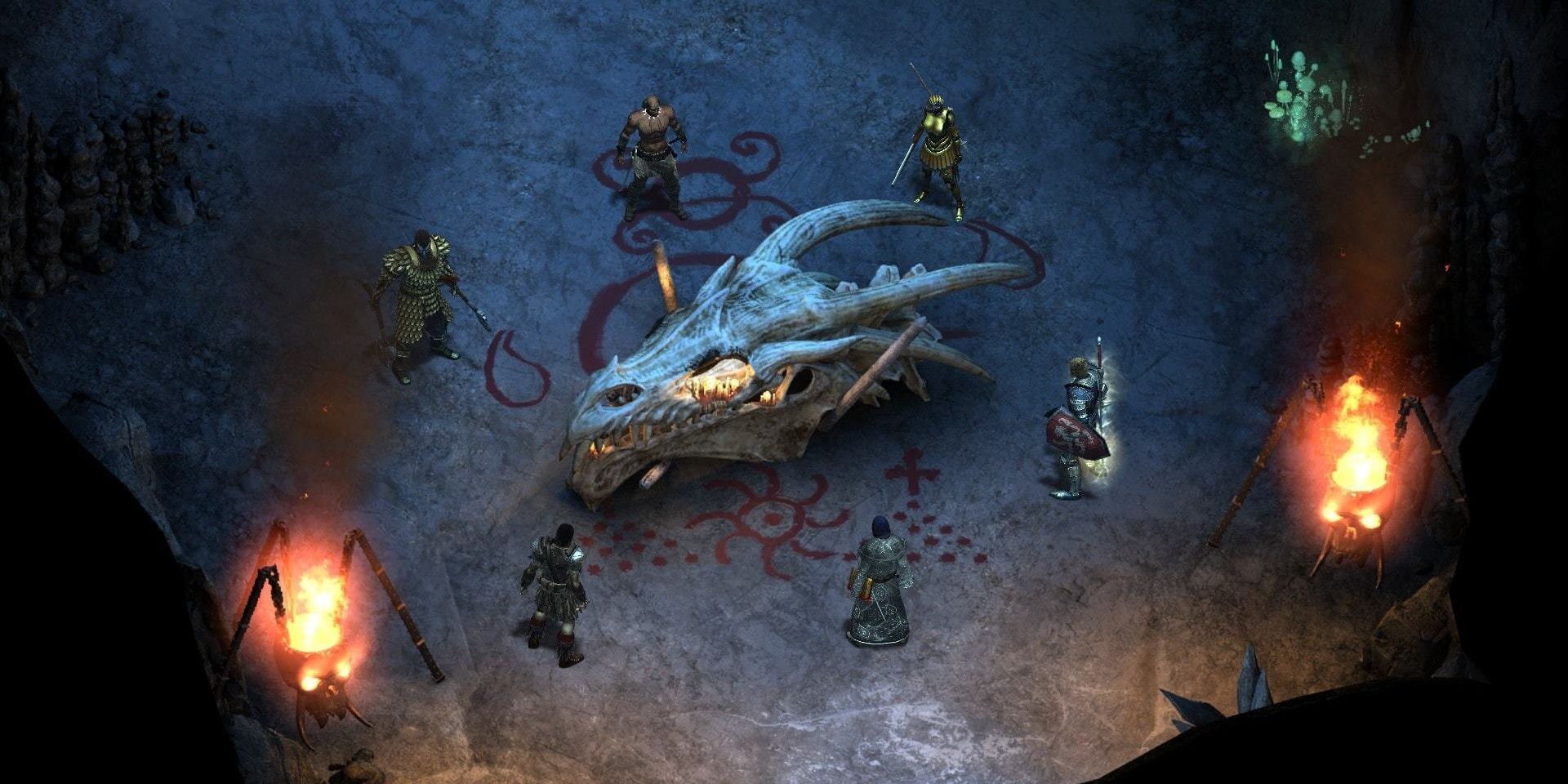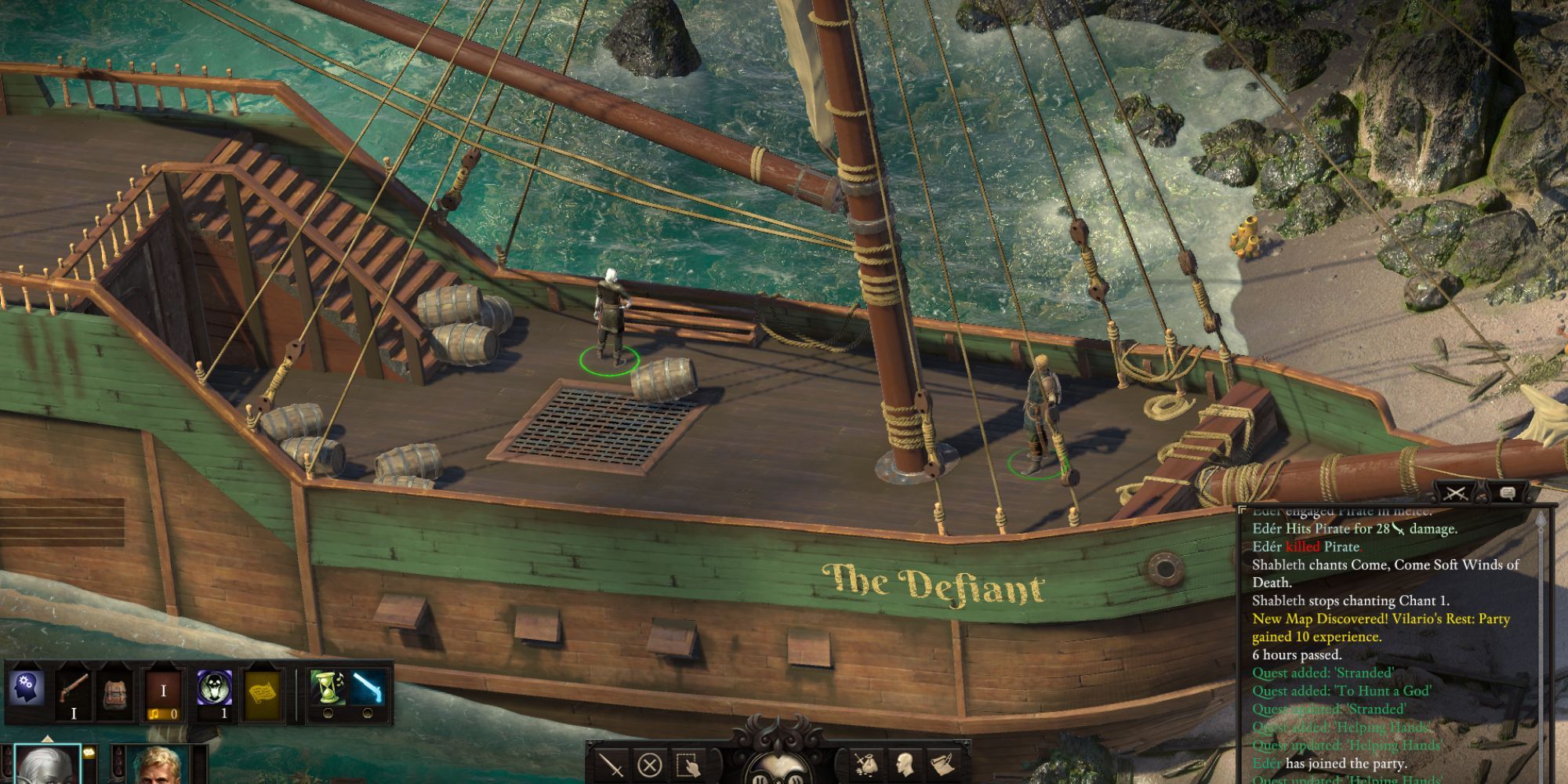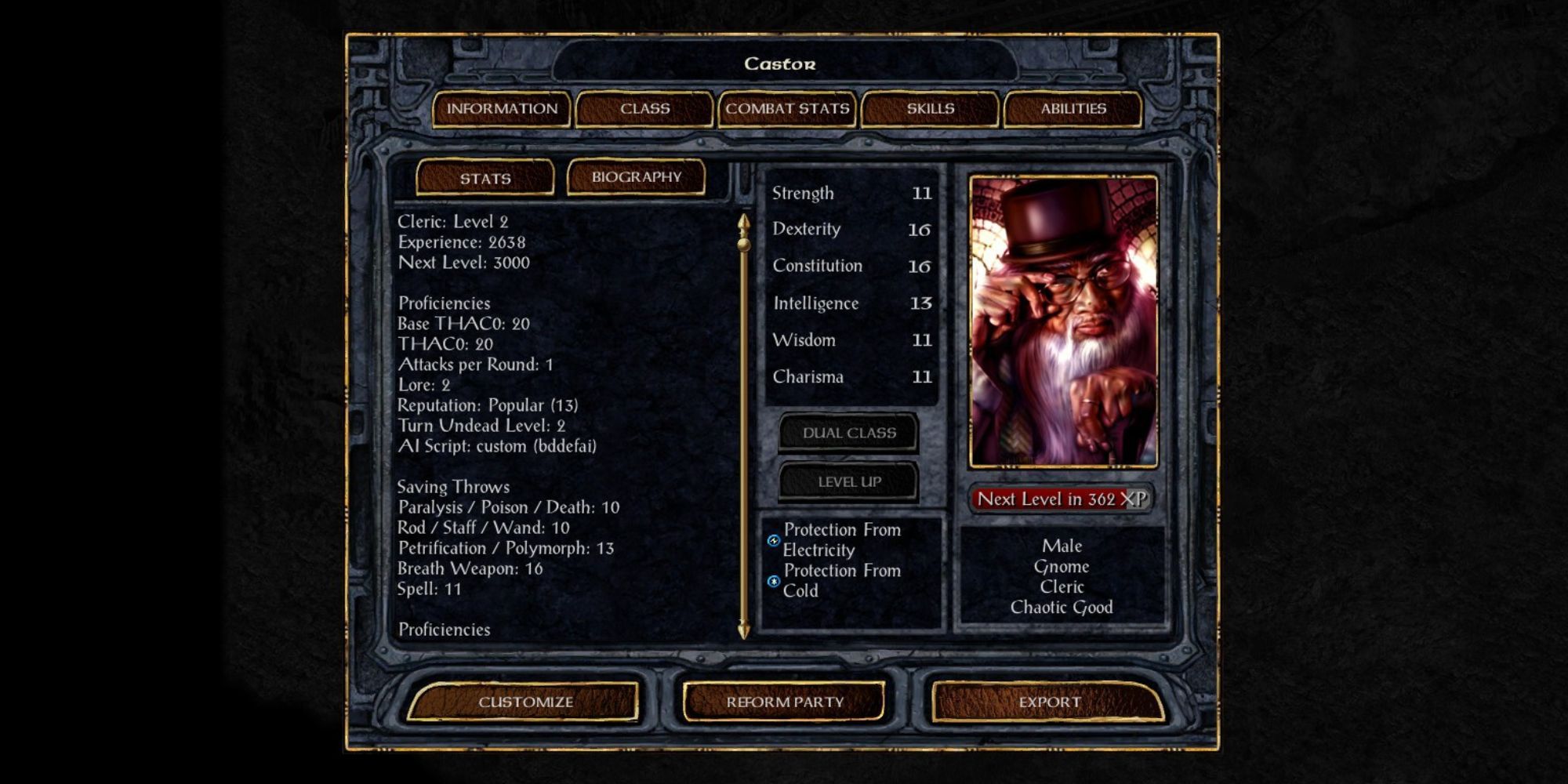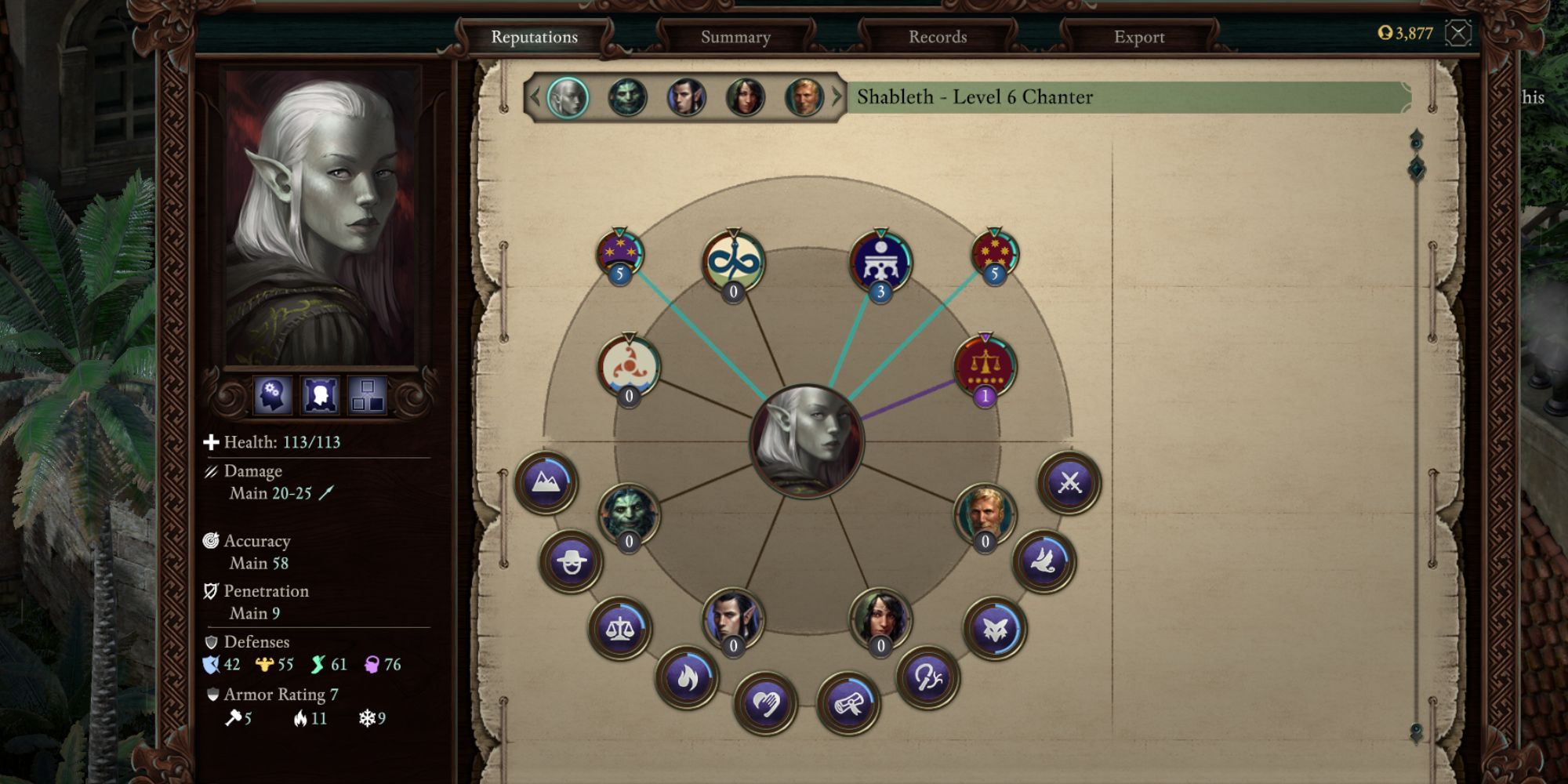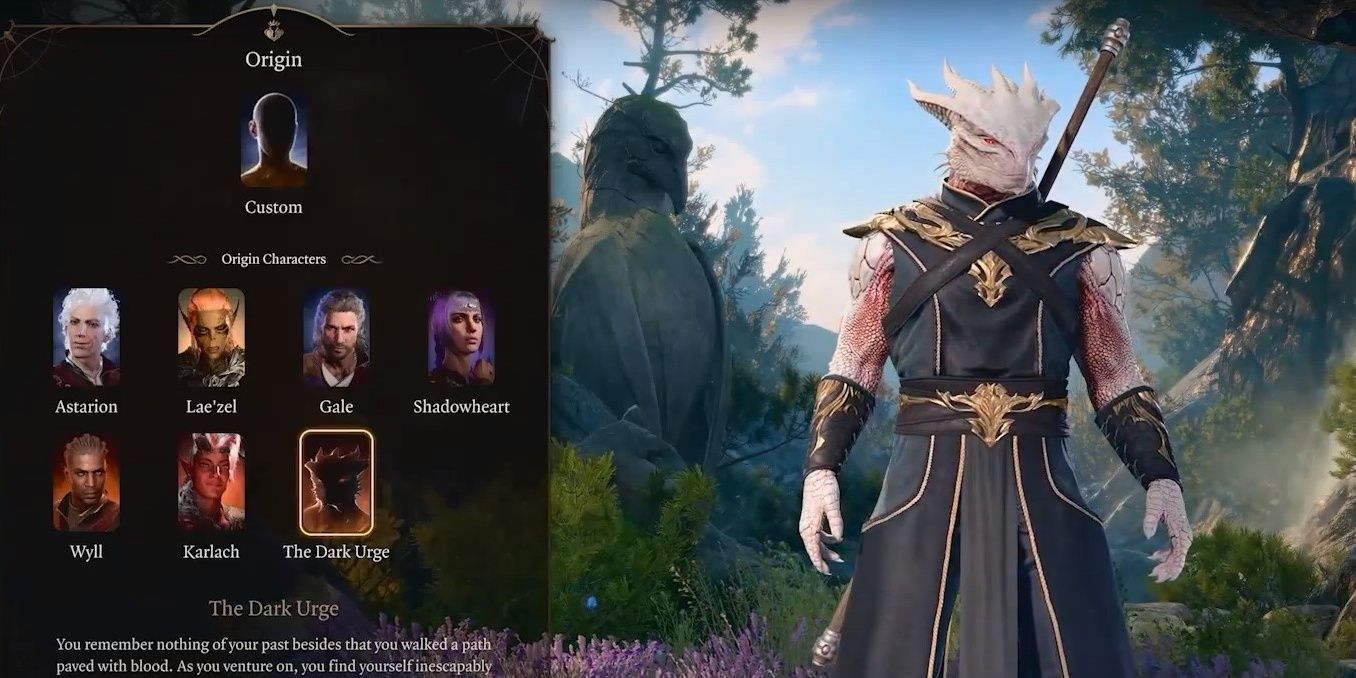I’m a massive fan of the computer RPG, a subgenre that has thrived despite having been out of fashion for quite a while now. For about 15 years, the cRPG has been the less-loved brother of the sweeping open-world action-adventure games that currently dominate the triple-A RPG scene.
For those unfamiliar with the distinction, cRPGs are modelled after the RPGs of the ’90s. They tend to feature statistic-heavy combat with some element of probability, an isometric camera angle, text-based dialogue options, and reactive worlds. Those are some broad identifiers, but you’ll tend to know a cRPG by looking at one.
The original Diablo, Fallout, The Elder Scrolls 2: Daggerfall and Baldur’s Gate are all ‘90s examples of the cRPG. Contemporary games modelled on this formula, meanwhile, include Divinity: Original Sin, Tyranny, Dragon Age: Origins and so on.
A recent high-profile success of the genre is, of course, Baldur’s Gate 3. As everyone will know, the critically acclaimed RPG came not from the original creator, BioWare, but rather from Divinity Origin Sin developer Larian. Baldur’s Gate 3 is a modern take on the cRPG, made to be a little more accessible than the subgenre’s usual fare.
This was done by hiding some combat calculations in the background, simplifying or removing some of the more RPG-heavy elements like reputation systems or disposition, and injecting a sense of fluidity into movement and combat that you don’t find in more traditional cRPGs.
However, these changes also distinguish the newest entry in the series from its predecessors. Baldur’s Gate 3 is mega-popular, easily the most popular cRPG of all time, and I sincerely hope some of this popularity trickles down to the rest of the genre. In this spirit, I’d like to highlight a series that perfectly captures the essence of a traditional cRPG, and in truth, is more of a natural successor to Baldur’s Gate than Baldur’s Gate 3. I am, of course, talking about Pillars of Eternity.
I will add the caveat here that Larian did an excellent job adapting Dungeons & Dragons while paying respect to the characters and events of the series’ past. What I’m writing about here refers to the spirit of the two games. I am certainly not suggesting that Baldur’s Gate 3 is an unfaithful sequel or anything of that nature.
Pillars of Eternity was created by Obsidian Entertainment (who are quite good at this stuff) and was crowdfunded through Kickstarter. The studio felt getting a niche game funded by a traditional publisher would be “impossible”. The game earned approximately $4 million in crowdfunding, proving there was still an appetite for pure cRPGs.
Pillars of Eternity proved a massive success, so much so that Obsidian wasted no time in beginning development on the sequel. Pillars of Eternity 2: Deadfire was released three years later in 2018 to a similarly positive reception. As the sequel is an improved version of the original, I’ll primarily be using that game for comparison’s sake.
Put simply, Pillars of Eternity 2 is the quintessential cRPG and undoubtedly one of the best translations to video games of how it feels to play a tabletop RPG. This is primarily achieved through combat, character creation, a responsive world, lore and hefty dialogue trees.
A simple comparison and contrast you can make between the trio of Pillars of Eternity, Baldur’s Gate, and Baldur’s Gate 3 is each of the three games’ respective combat systems. Pillars and Baldur’s Gate 1 have statistics-based, pausable real-time combat. Everything is decided by the interaction of statistics and rolls; essentially traditional tabletop combat. The result of this is usually the player queueing up several actions throughout combat and unpausing to watch how everything plays out. Baldur’s Gate 3, meanwhile, is strictly turn-based.
However, the most attractive aspect of cRPGs, and why I feel Pillars is a ‘purer’ successor to Baldur’s Gate, is how much the subgenre embraces role-playing. This might seem obvious, but plenty of games co-opt the RPG tag when the player doesn’t actually have much influence over their character’s background, actions, or how they interact with the world around them.
Baldur’s Gate, a product of its time, had a limited amount of ‘flavour’ customisation. Sure, you could change your class and your race, but extra options like background or culture weren’t available. However, the spirit of roleplaying is there, allowing you to type out an entire biography for your character if you wish.
This spirit has been carried through to Pillars of Eternity, where you can choose race, subrace, culture, background, and so on. The first instalment does an excellent job of worldbuilding right from the very beginning of the game; not having had the luxury of being a known quantity like Forgotten Realms. You get a detailed description of each race and culture, informing you of their place in the world and how others may react to your character as a result.
One of the best roleplaying features of Pillars of Eternity is the reactivity of the world. Deadfire had a comprehensive reputation screen where you could see your character’s reputation with the world’s various factions and each of your party members, as well as ten dispositions that your character develops by handling matters in specific ways. So, if your character tends to interact with people in a sardonic manner, then you’ll begin earning points towards a ‘clever’ disposition.
The ability to easily track your relationships with party members and your reputation with the game’s various factions is a pleasing roleplaying tool. Baldur’s Gate 1 has a rudimentary reputation system. It’s basically a number that’s affected positively or negatively by good or evil actions. People in the world will treat the party differently depending on their reputation.
Baldur’s Gate 3 also allows you to create custom characters, and it is certainly more conducive to roleplaying than an action RPG. However, the game does lack some of those elements that add a special seasoning to your ability to play a role in the game. Sure, you can leverage your background and approach dialogue in several ways, but there’s something missing that stops your character from feeling authentically you.
I feel Baldur’s Gate 3 confines your character in a way that Pillars of Eternity or Baldur’s Gate 1 doesn’t. You’re playing the character known as Tav (or The Dark Urge) rather than defining it. It’s hard to quantify why Baldur’s Gate 3 feels like a worse ‘roleplaying’ experience, but one of the reasons for this could be because of how the game’s larger-than-life party members interact with your character. With companions being such a massive part of the experience, your own identity is sort of morphed by these characters’ perceptions of you, which isn’t as much of a factor in the other two aforementioned games.
It could also be simply because Baldur’s Gate 3 is very much driven by its main plot. The game’s three distinct acts gate much of the world behind story milestones, pushing your character deeper into the role of Faerûn-saving hero. The role I play in Pillars of Eternity feels more flexible, even if there are also cosmic-level stakes I’ll eventually have to solve.
I think if I had to sum it up in one sentence I would articulate it like this; Baldur’s Gate 1 and Pillars are ‘deep sandboxes’ while Baldur’s Gate 3 is a world where you play the main character, no matter what. Regardless, all three are excellent experiences and great representations of what a top-quality cRPG should be, but Pillars of Eternity 2 is everything that a fan of the subgenre could want and more.
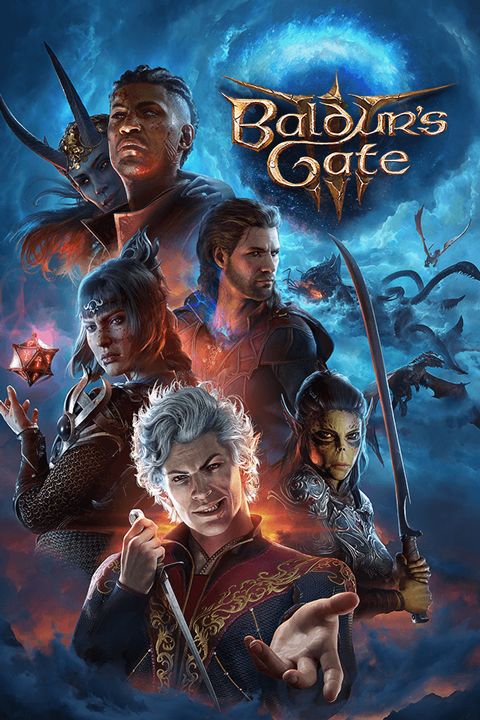
Baldur’s Gate 3
23 years on from the release of the seminal RPG, Baldur’s Gate 2, the third game in the series has been developed by Larian Studios (of Divinity: Original Sin fame). Set over 120 years after the events of the last game, Baldur’s Gate 3 tasks you and your party of heroes to fight off a mind flayer invasion of Faerun, while seeking a way to remove the tadpole in your brain that’s slowly turning you into the enemy…
- Franchise
- Baldur’s Gate
- Platform(s)
- PC, Stadia, macOS, PS5, Xbox Series X|S
- Released
- August 3, 2023
- Developer(s)
- Larian Studios
- Publisher(s)
- Larian Studios
- Genre(s)
- RPG
